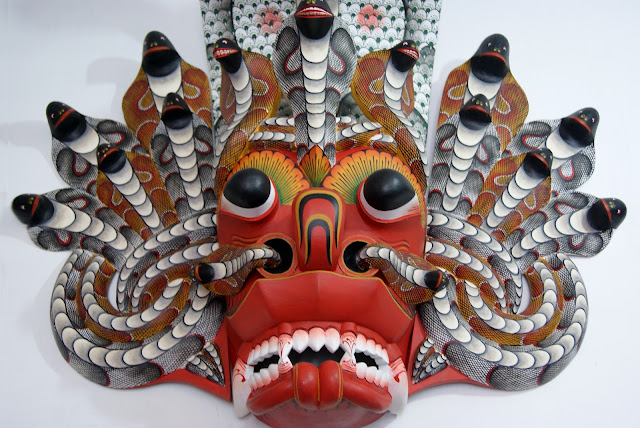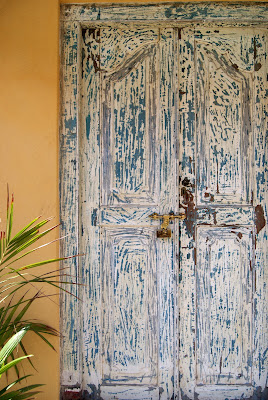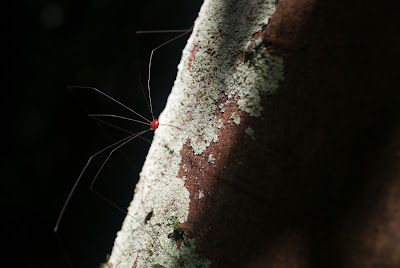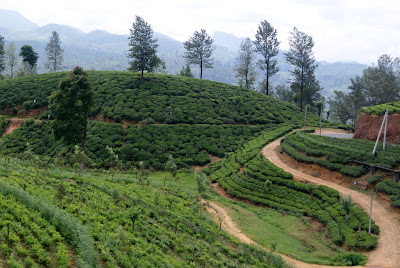All along Sri Lanka’s southern coast, evidence of the 2004
Boxing Day Tsunami is prevalent. In between tourist towns, ruined walls and
remains of gutted, faceless homes have been left to crumble. With no tourist
income in the area, there is little reason or financial means to bother tearing
them down or building them back up. In some places, shops spring up like weeds
within the collapsing buildings. And on each of our bus rides, I was
overwhelmed by the number of roadside graveyards, wondering if they were
tsunami victims.
Among the devastation, Sri Lanka’s turtle hatcheries took a
particularly hard hit. Many of them, though they had been in business for
decades, are run complete off donations and volunteer work. So, I figured that
we should surely go put our money to good use, donating to the rebuilding
turtle hatcheries in the area. Kosgoda holds the highest concentration of
turtle hatcheries; it is the only place where, of the five species of sea
turtle that lay eggs on Sri Lanka, all five come to nest.
Since Sri Lankans consider sea turtle eggs to be a delicacy,
and the hatcheries have a hard enough time with natural predators, the
hatcheries pay a higher-than-market price to all local fishermen who bring in
turtle eggs. They then put them in a “natural incubator” (sand box) until they
are ready to hatch. Since turtles hatch at night, using the reflection of the
moon as a guide back to the sea, the hatcheries rig a system wherein an
artificial light lures the hatchlings into a box instead.
Baby turtles, already susceptible to birds and other
predators, are especially vulnerable when they are first born. Not only are
their eyes not yet open fully, but their bellybuttons aren’t closed; it’s like
ringing a dinner bell for all nearby predators. The hatcheries keep the new
turtles in tanks of seawater for three days, by which point their eyes are
open, their bellybuttons sealed, and they are ready to go. On the night of the
third day, the hatchery workers, along with any volunteers lucky enough to be
there, release the baby sea turtles under the cover of darkness.
In addition to giving baby turtles a helping hand on their
way to survival, the hatcheries take in wounded sea turtles. Injured turtles
can be nursed to health and then released back into the ocean; turtles that
have lost limbs and would typically die in the wild remain at the hatcheries,
helping to educate local school children (and us tourists). Rare albino
turtles, massive and majestic, don’t end up in the wild at all, their
luminescence making them immediate prey.
There are obviously many people who are opposed to the turtle
hatcheries’ interference with nature. But you have to figure, with sea turtle
numbers dwindling, even one more turtle that survives is a small difference.



















































